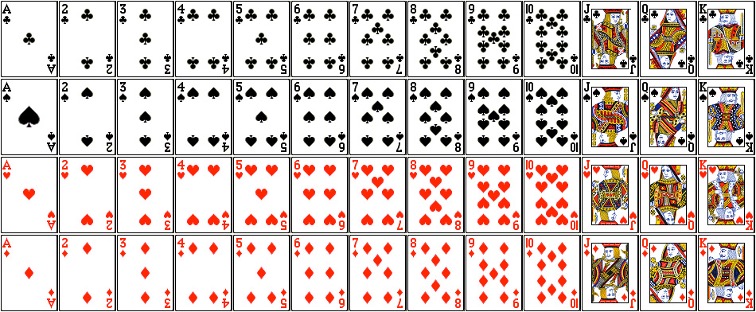Casre coordination week 4 Peer replies
Question
Post#1 – Mary
The reimbursements for Medicare, Medicaid, private insurance, and HMOs for APRNs all differ because each entity has its own billable guidelines and coding rules. Each insurance company has specific contracts with the physicians and APRNs on reimbursements. Medicare and Medicaid will reimburse APRNs for the services that are performed within their scope of practice. Private insurance companies and HMO plans will also reimburse APRNs, but there are stipulations on how much will be reimbursed if claims are made through an APRN’s NPI versus a physician’s NPI number. APRNs have their own national provider number (NPI), which allows them to bill insurance companies for services rendered. However, many practices will bill under the supervising physician’s NPI number even if the APRN provided the service because the insurance will reimburse 100% of the claim as opposed to 85%, which is the payment for APRNs (National Association of Pediatric Nurse Practitioners, 2016). Physicians and APRNs have a fee schedule or fee-for-service chart that is different because APRNs get paid less. According to Blair (2018), payments for NP and CNS services are discounted to 80% of the lesser of either the actual charge or 85% of the physician fee schedule amount. The 1997 Balanced Budget Act allows Medicare reimbursement of services provided by NPs and CNSs if the services are reimbursable when provided by a physician (Blair, 2018). Section 6405 of the Omnibus Budget Reconciliation Act of 1989 authorizes Medicaid payment for services of certified pediatric NPs and certified family NPs, with reimbursements varying between 70% to 100% of physician fees (Blair, 2018). Private insurance companies generally reimburse 80% of their member’s healthcare costs (Blair, 2018). In regard to managed care organizations MCOs or HMOs, this system helps keep costs down by reimbursing PCPs using a fee-for-service, capitated, or fee-per-member basis (Blair, 2018). APRNs can apply to become primary care providers (PCPs) on the MCO/HMO provider panel, but it seems slow and nonprogressive (Blair, 2018).
Unfortunately, APRNs cannot own their own practice in the state of California because the current law restricts APRNs from practicing independently from a physician or group setting. There must be a supervising physician since APRNs do not have full practice authority. Oversight by a physician is required when an APRN practices medical services, even if it is within the scope of practice. In other words, APRNs in California must always have a Medical Director in practice or be part of a physician group with a standardized procedure or protocol. According to Davis (2020), California, unfortunately, struggles to find the political will to address the challenge of permitting nurse practitioners (NPs) and physician assistants (PAs) to practice to the full extent of their training and education independently.
Post#2- Brian
Describe the reimbursement mechanisms (Medicare, Medicaid, private insurers, and HMOs) for APRNs.
Medicare enrollment for physicians and non-physicians needs to be for the eligibility to receive funds for services provided. From my experience working in a hospital, I have witnessed a “Prospective Payment System” which is a predetermined or fixed way to charge the patient. Medicare pays hospital per beneficiary discharge or a “Diagnosed Related Group” which is adjusted based on the patient’s severity.
Medicaid is a bit different from the previous insurance mentioned as prices for patient care are created by the Medicaid Agency or federally established. This creates a variance between the prices set by the hospital for the incurred expense and the rate focuses on a much lower base rate. Why should a hospital agree to receive a lower base rate? Simple, the number of Medicaid patients is too great to decline, and with the addition of “Supplemental Payments” the hospital usually receives a higher total payment. Supplemental payments are payments given to the hospital that are not necessarily linked to services provided, it is meant to make up for the low base rate and account for approximately 40% of total hospital payment.
Private insurers are easier to understand as it the money paid to a healthcare provider through a third party to cover the medical services and equipment. Existing evidence suggests that rather than helping to contain health care costs, employer-based health insurance may be partly responsible for their present escalation. In addition, employer-based health insurance may not be the most equitable way to implement a national health insurance plan (Wallen & Williams, 2019).
Are there any differences in the fee schedules between Physicians and non-physician providers (NPP) such as APRNs? Please describe.
Fee schedules for healthcare providers, including physicians and non-physician providers (NPPs) such as Advanced Practice Registered Nurses (APRNs), can vary based on several factors, including the type of service provided, the setting in which the service is rendered, and the payer (e.g., Medicare, Medicaid, private insurance). Some states grant NPPs more autonomy in providing certain services, while others have more restrictive regulations. Fee schedules may reflect these differences in the scope of practice.
Can APRNs own their own practices in your state? Why or why not? According to the Florida Department of Health and the Florida Board of Nursing, FNPs in Florida can practice independently if they have a signed agreement with a physician. They can even have their practices. A physician does not necessarily need to be present at the time of service (Roemer, 2022). What I found interesting is that the NP has certain limitations, for instance, a mental health practitioner cannot prescribe more than a 7-day dose of a psychiatric medication. Certain responsibilities continue to fall under the supervising primary care physician.




